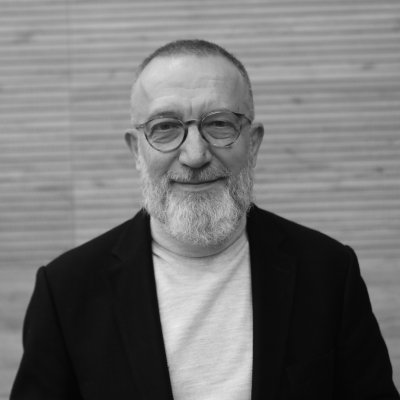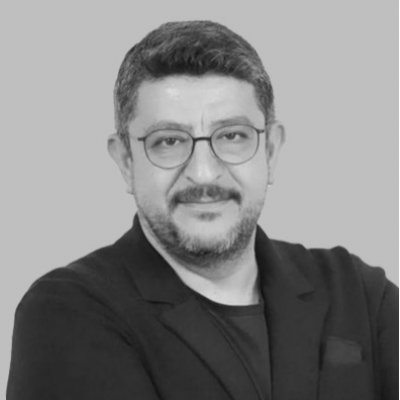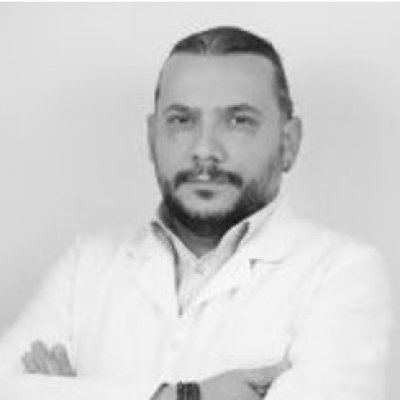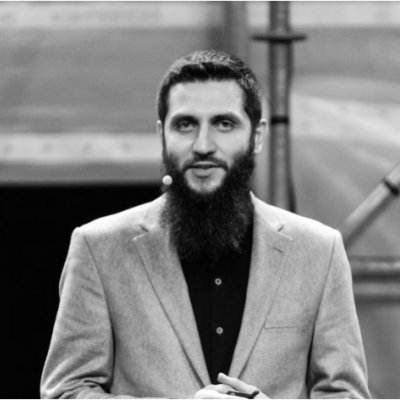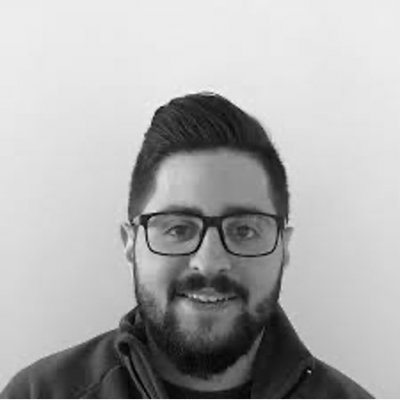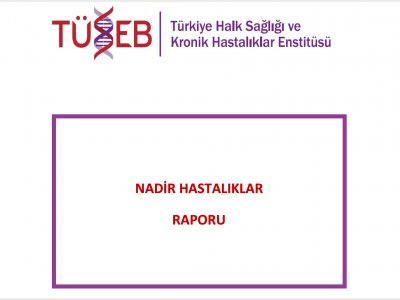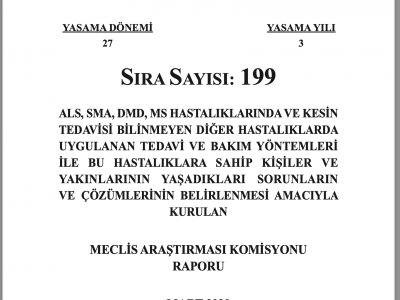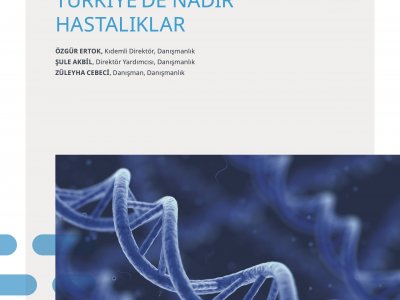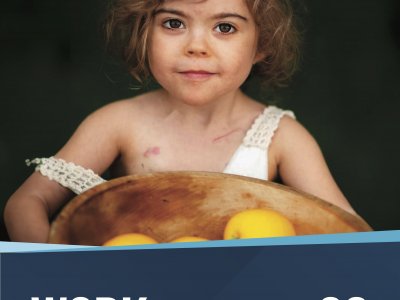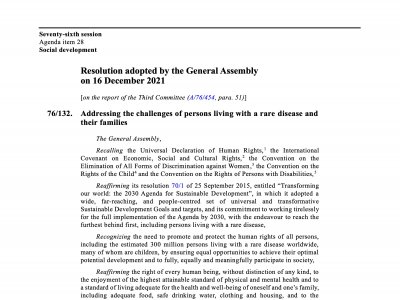Rare diseases are chronic, progressive disorders affecting approximately 6-8% of the general population. Up to 80% of rare diseases are genetic in origin. Globally, between 6,000 and 8,000 rare diseases have been identified. Each year, 3 to 4 new diseases are added to these. Most rare diseases occur in the first years of life or in childhood. Up to half of rare disease patients are children. Patients and their families face problems such as delayed diagnosis, inadequate management of the disease, lack of information and resources, etc.
Rare disease therapies incur high treatment costs for a limited patient population due to the high costs of development. The intense involvement of patient associations in this field paves the way for the development of various collaboration models in access to treatment, diagnostics and research. Supporting diagnostic processes and making treatments accessible in the early stages is crucial to alleviate the difficulties experienced by patients and their families. However, it has become imperative that these access activities are carried out within the framework of policies and regulations based on scientific evidence to ensure the safety of patients and the effectiveness of treatment processes. Developing a strong regulatory framework in the field of rare diseases is critical for creating effective, sustainable and accessible treatment processes and requires more evidence-based policies in this field.
Academy Team
Stakeholder Map
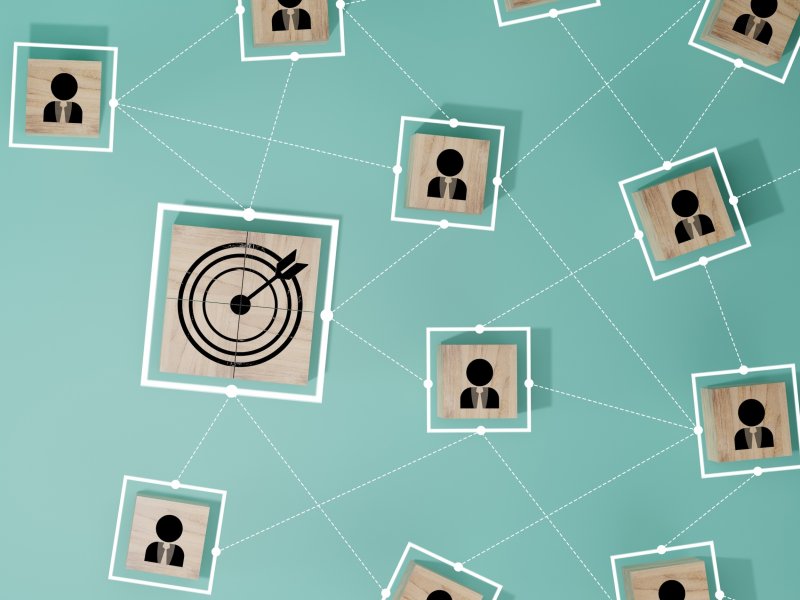
The Genetic Diseases Stakeholder Map brings together the various stakeholders involved in the management, diagnosis, treatment, research and development of rare diseases. In this comprehensive map, key stakeholders include key organizations such as the Ministry of Health, universities, patient associations, pharmaceutical companies and research institutions. Each stakeholder aims to increase public awareness of rare diseases, facilitate access to early diagnosis and appropriate treatment, and contribute to the development of new medicines and treatments. By analyzing the current situation in the field of rare diseases in detail, the stakeholder map reveals the potential for collaboration in this field and provides a strong basis for the development of future policies and practices. In this way, it is aimed to create much more effective health policies on rare diseases and to achieve meaningful progress at the societal level in the fight against these diseases.
National Stakeholders
1) Ministry of Health Rare Diseases Department
2) TÜSEB - TÜHKE
3) SGK-General Directorate of General Health Insurance
4) Presidency Health and Food Policies Board
5) Ankara University NADIR
6) Patient Associations & Federations
7) Specialty Associations
8) Pharmaceutical Industry
9) Health Media
10) Local governments
International stakeholders
1) Eurordis (Rare Diseases Europe)
2) National Organization for Rare Disorders
3) Global Genes
4) International Conf on RD and Orphan Drugs
5) Rare Diseases International
6) Orphanet
7) Genetic Alliance
8) Rare Disease Day
9) Int Rare Diseases Research Consortium
International and National Policy Documents
Activities Conducted
Activities related to rare diseases cover a wide range of topics and are generally aimed at improving the quality of life of patients. These include organizing campaigns to raise awareness of the disease, organizing seminars and training programs to inform patients and their families, and providing genetic counseling and psycho-social support. In addition, important activities include keeping abreast of current developments in the diagnosis and treatment of rare diseases, supporting research projects and providing social services to facilitate the lives of patients. These efforts contribute to the empowerment, support and social integration of individuals living with rare diseases and their families.
